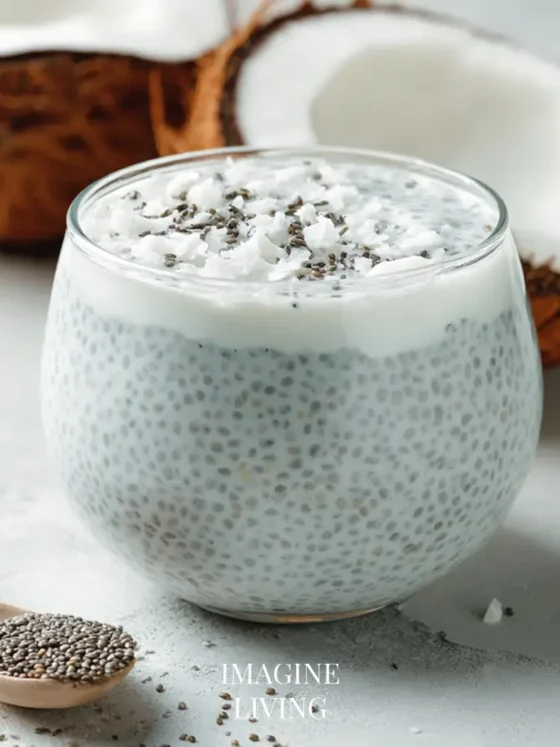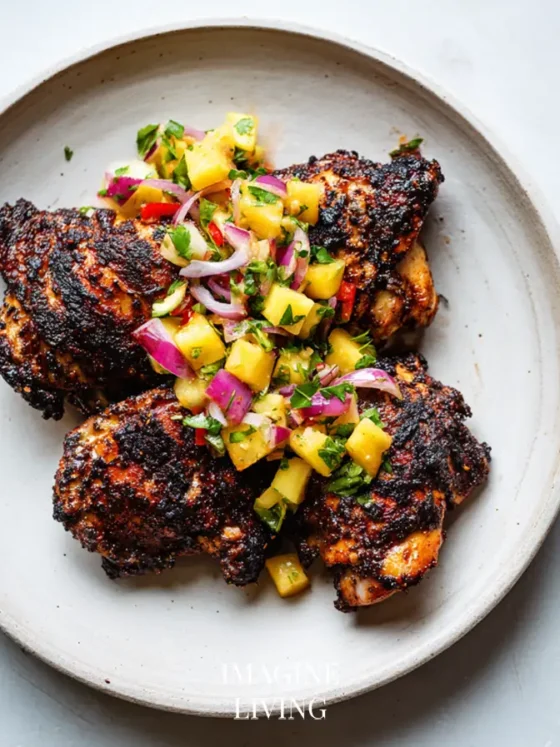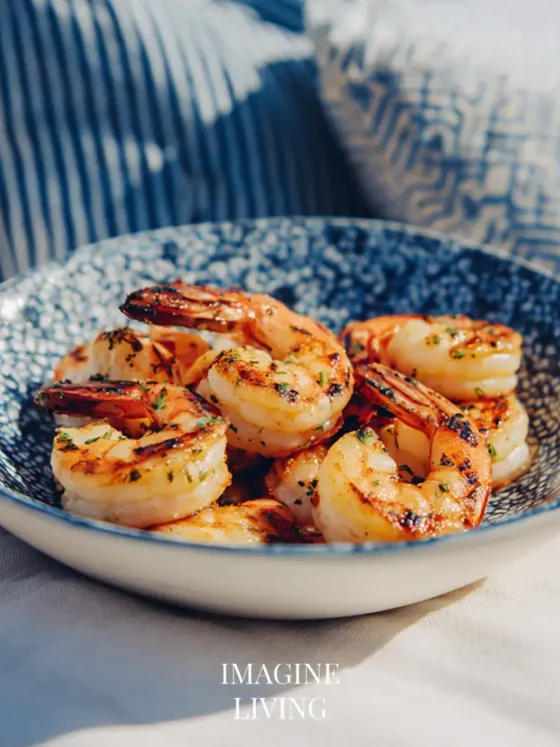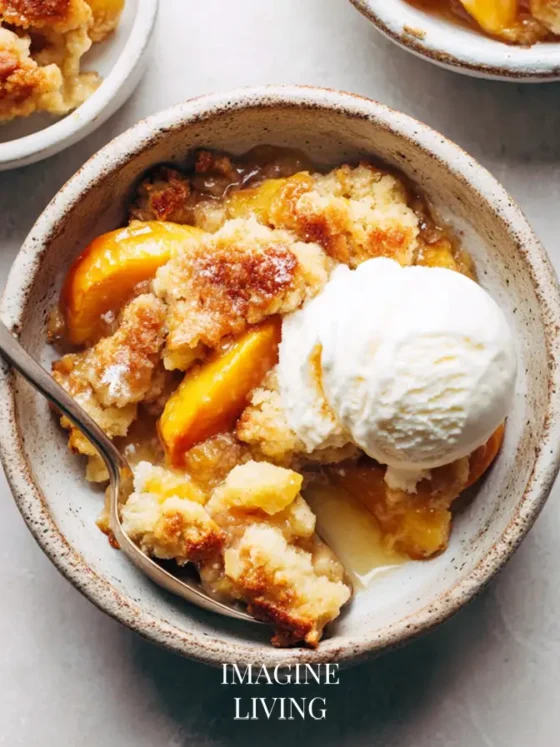The smell of homemade eggnog fills the air, marking the start of the holiday season. This creamy drink is a cherished tradition at festive events for many years. Making eggnog at home gives you the chance to tailor the flavors to your taste.
Whether you like a classic, boozy eggnog or a kid-friendly version, this recipe is perfect for holiday lovers. It’s made with basic ingredients like eggs, milk, cream, and spices. This homemade treat will soon become a favorite in your home during the holidays.
Key Takeaways
- Homemade eggnog is a rich, creamy holiday drink that outshines store-bought versions.
- The recipe can be customized with or without alcohol, using rum, whiskey, or brandy.
- This traditional Christmas classic is easy to make from scratch and can be served chilled or warm.
- The recipe features simple, wholesome ingredients like eggs, milk, cream, and warming spices.
- Homemade eggnog offers the opportunity to adjust sweetness and alcohol content to personal preference.
The History and Tradition of Holiday Eggnog
Eggnog has a long history, starting in 13th-century England. It became a favorite in the American colonies, especially during the holidays. Its origins are a bit fuzzy, but it’s clear it’s a beloved holiday tradition for many families.
Origins of Eggnog Making
The word “eggnog” showed up in the late 1700s. But the drink likely started in Europe and came to the American colonies. The colonies had cows and chickens, making milk and eggs easy to get. Rum was also cheap, so it was often used in eggnog back then.
Why Eggnog Became a Holiday Staple
- Eggnog was a holiday favorite in the 1700s in the United States, often served warm.
- Different places had their own eggnog recipes, with whiskey being popular in the South.
- The tradition of toasting with eggnog started in Britain’s medieval years.
- By the 19th century, eggnog was linked to Christmas in the American colonies.
Today, classic eggnog is still a big part of holiday traditions. Its creamy texture and festive taste bring warmth to the winter season. Whether you like it with a kick or without, eggnog adds a special touch to the holidays.
Essential Ingredients for Perfect Homemade Eggnog
Making the perfect homemade eggnog needs a special list of ingredients. The main parts that make this holiday drink so rich and creamy are:
- Egg Yolks – 6 egg yolks make the eggnog smooth and indulgent.
- Granulated Sugar – ⅔ cup of sugar sweetens the eggnog and balances the eggs’ richness.
- Heavy Cream – 2 cups of heavy cream add creaminess and density.
- Whole Milk – 1 cup of whole milk makes the drink more drinkable by thinning out the cream.
- Ground Nutmeg – 1 teaspoon of ground nutmeg gives the classic holiday aroma and flavor.
- Ground Cinnamon – ½ teaspoon of ground cinnamon adds a warm, comforting spice note.
- Vanilla Extract – 2 teaspoons of pure vanilla extract enhance the flavor.
- Fine Sea Salt – A pinch of ⅛ teaspoon fine sea salt balances the sweetness and richness.
For a special treat, you can add a splash of your favorite spirit, like bourbon, rum, or brandy. The quality and freshness of the ingredients, especially the eggs and dairy, are key to making a egg nog ingredients that’s creamy and full of holiday flavor.
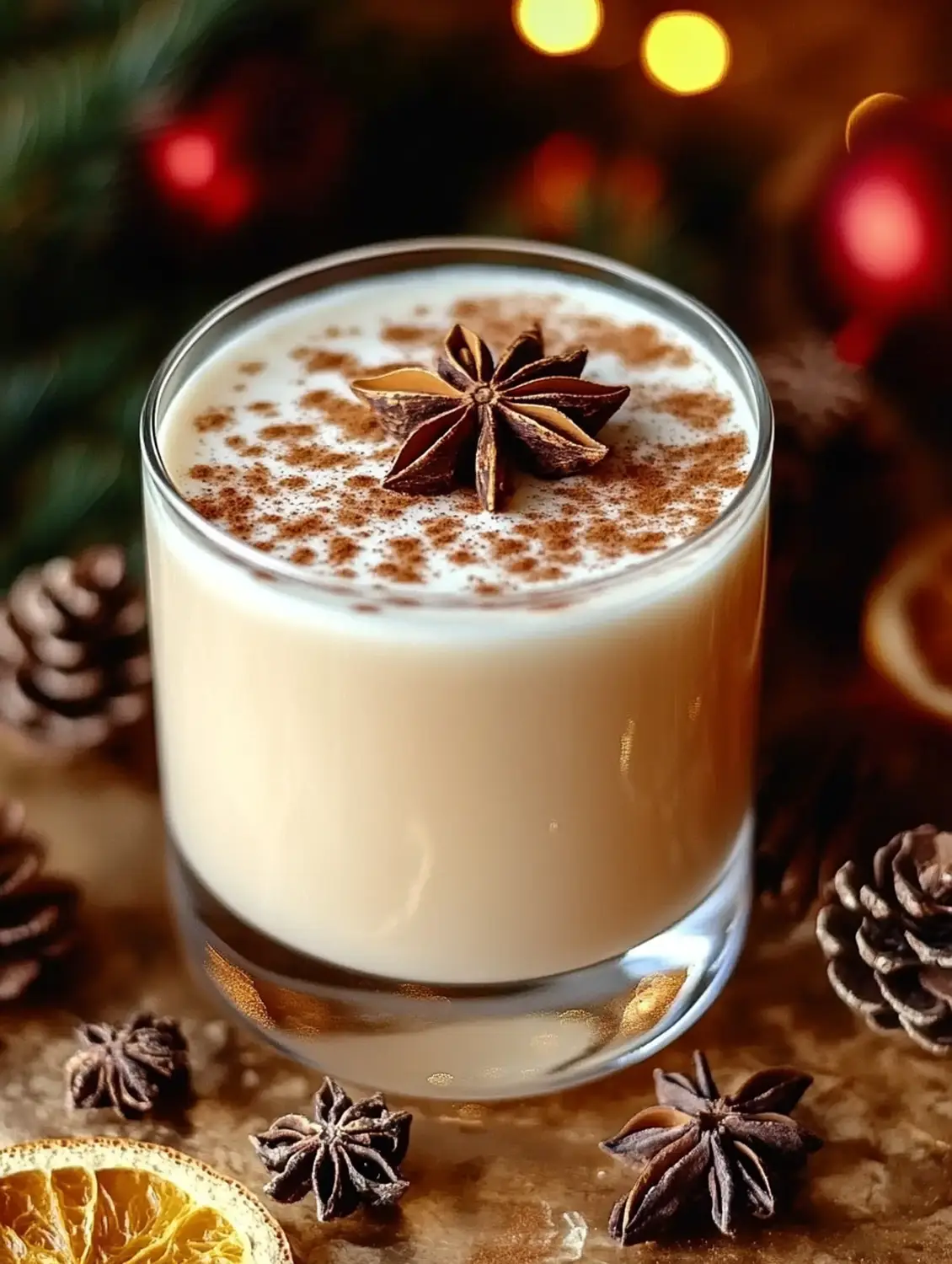
Homemade eggnog is a holiday tradition that’s as comforting as it is delicious. However, it’s important to prioritize safety, especially when working with raw eggs. Using pasteurized eggs is a smart choice to reduce the risk of salmonella, particularly for the elderly, young children, or anyone with a weakened immune system. Alternatively, you can follow a cooked eggnog recipe, which involves gently heating the mixture to ensure it’s safe to enjoy.
Here’s everything you need to make a creamy, perfectly spiced eggnog:
| Ingredient | Quantity |
|---|---|
| Egg Yolks | 6 |
| Granulated Sugar | ⅔ cup |
| Heavy Cream | 2 cups |
| Whole Milk | 1 cup |
| Ground Nutmeg | 1 teaspoon |
| Ground Cinnamon | ½ teaspoon |
| Vanilla Extract | 2 teaspoons |
| Fine Sea Salt | ⅛ teaspoon |
By choosing and measuring these essential ingredients carefully, you can make a homemade egg nog ingredients that’s full of holiday flavor and perfectly balanced.
Step-by-Step Eggnog Recipe
Making homemade eggnog is a fun holiday tradition. It’s simpler than you might think. Follow a few easy steps to create a creamy eggnog that everyone will love. Let’s explore how to make this festive treat.
Separating and Preparing the Eggs
Start by separating 6 egg yolks from the whites. Whisk the yolks with ⅔ cup of granulated sugar until the mixture is pale and fluffy. This step ensures the eggnog is rich and smooth.
Combining Ingredients and Tempering
In a medium saucepan, combine 1 cup of whole milk, 1 cup of heavy cream, 1 teaspoon of ground nutmeg, and a pinch of fine sea salt. Warm the mixture over medium heat, stirring occasionally, until it’s steaming and small bubbles form at the edges.
To temper the egg yolks, slowly add about ½ cup of the warm milk mixture to the yolks, whisking constantly. This step prevents the yolks from curdling. Once tempered, pour the yolk mixture back into the saucepan with the rest of the milk and cream.
Proper Cooking Techniques
Cook the eggnog over medium heat, stirring constantly, until it thickens slightly. Use a thermometer to ensure the mixture reaches 160°F—this makes it safe to drink without compromising the creamy texture. Be careful not to let it boil, as this can curdle the eggs.
Finishing Touches
Remove the mixture from heat and stir in 2 teaspoons of vanilla extract. For an adults-only version, mix in ⅓ cup each of brandy, bourbon, or rum. For a kid-friendly option, simply skip the alcohol.
Strain the eggnog through a fine-mesh sieve to remove any bits of cooked egg. Chill the eggnog in the refrigerator for at least 2 hours before serving.
With these easy steps, you’ll have delicious homemade eggnog ready for the holiday season. Enjoy it with family and friends!

Choosing the Right Alcohol for Your Eggnog
There are many great options for adding alcohol to homemade eggnog. A good rule of thumb is to use 1 part liquor to 5 parts eggnog. So, for a quart of eggnog, you’ll need about 6.5 ounces of your favorite spirit.
Popular choices include brandy, rum, whiskey, bourbon, and coffee liqueurs like Kahlúa. Some like the warm taste of spiced rum, while others prefer the smoothness of bourbon. Brandy is a classic choice, known for its rich flavor that goes well with eggnog.
For something different, try Avocaat, a Dutch egg liqueur, or Nigori sake for its creamy taste. You can also mix different spirits for a unique flavor. A mix of rum, brandy, and bourbon can make a complex eggnog.
The best alcohol for eggnog is what you like best. Whether it’s the bold taste of whiskey, the spices of rum, or the smoothness of brandy, start with a good spirit. Add it slowly to get the flavor just right. If you want to skip the alcohol, just leave it out.
| Alcohol | Price | Tasting Notes |
|---|---|---|
| Chairman’s Reserve Spiced Rum | $31 | Warm, spiced notes complement eggnog |
| Maker’s Mark Bourbon Whisky | $23 | Rich, oaky flavors pair well with eggnog |
| Blacklisted Aged Heirloom Plum Brandy | $70 | Elegant, fruit-forward brandy to enhance eggnog |
| Mr Black Coffee Amaro | $48 | Coffee liqueur adds depth and complexity to eggnog |
Finding the perfect balance between eggnog and alcohol is key. Try different spirits and see what you like best. Experiment and enjoy finding your favorite eggnog mix.

Tips for Creating the Perfect Texture and Consistency
Making homemade eggnog right is all about the texture and consistency. You might like it creamy or light and frothy. A few tricks can help you get it just right every time.
Whipping Techniques for Extra Frothy Results
For a light and frothy texture, whip the egg whites to soft peaks and gently fold them into the chilled eggnog just before serving. This adds a delightful airiness.
Achieving the Ideal Thickness
The ratio of milk to cream and the cooking temperature determine the thickness of your eggnog. For a richer version, use more cream. To keep it lighter, adjust the ratio in favor of milk. Cook to 160°F for a safe yet creamy consistency.
Follow these tips to make the perfect rich eggnog. Whether you like it light or thick, you’ll impress your guests this holiday. With a bit of practice, your homemade eggnog will be a hit.
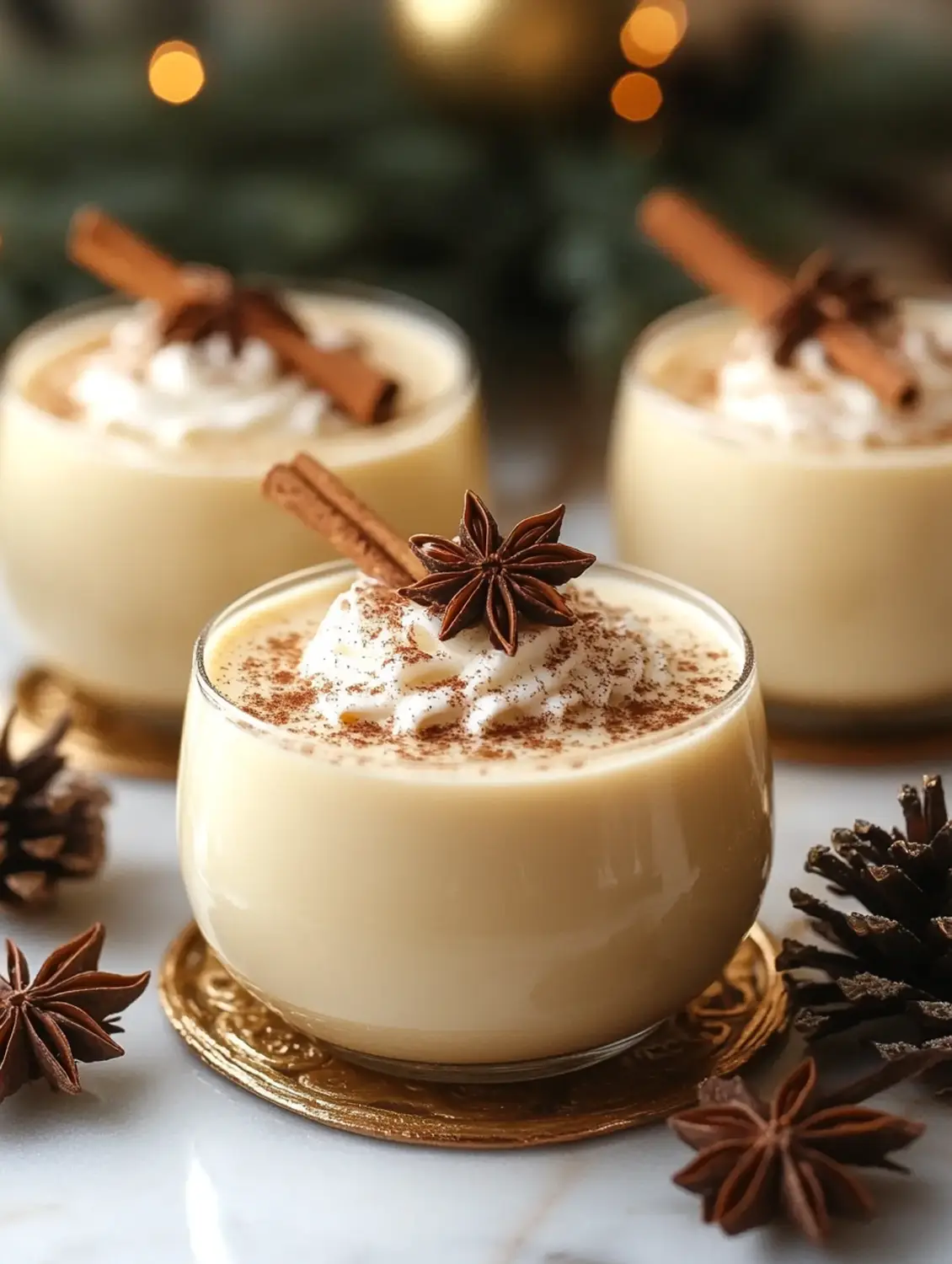
The secret to the best eggnog is in the texture – it should be rich and velvety, with just the right amount of thickness and frothiness.
Non-Alcoholic Eggnog Variations
Eggnog is a favorite holiday drink, but not everyone likes alcohol in it. Luckily, there are many tasty non-alcoholic eggnog options. These are perfect for kids or for those who follow special diets.
To make a traditional non-alcoholic eggnog, just leave out the alcohol. The mix of eggs, cream, and milk is creamy and comforting. You can also add vanilla, almond extract, or pumpkin pie spice for a unique flavor.
For those with dietary restrictions, eggnog can be adapted in delicious ways:
- Lactose-Free Version: Swap the dairy for almond, coconut, or oat milk. Adjust the sweetness and spices for balance.
- Flavored Options: Play with extracts like peppermint or caramel for something unique.
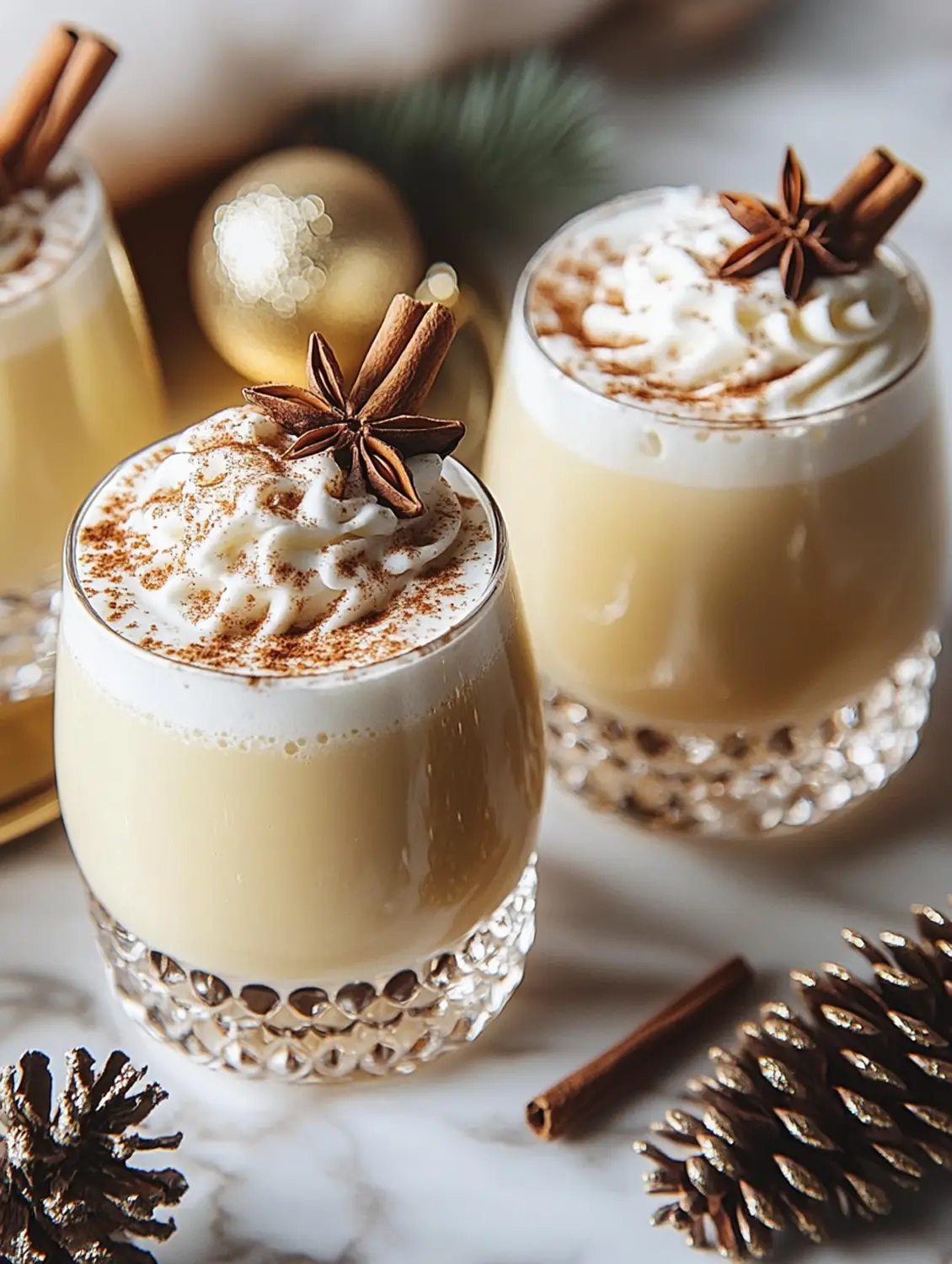
Non-alcoholic non-alcoholic eggnog is great for the holidays. You can stick to classic flavors or try new ones. Serve it cold, over ice, or warm for a cozy holiday drink.
Storage and Aging Your Homemade Eggnog
Keeping your homemade eggnog fresh means you can savor it throughout the holiday season—and even beyond. With the right storage techniques and a little patience, your eggnog can improve in flavor over time.
Safe Storage Guidelines
Refrigeration: Homemade eggnog without alcohol will stay fresh in the fridge for up to three days. With alcohol, it can last up to a week since the alcohol acts as a natural preservative.
Aging: For a more complex flavor, age your eggnog. Ensure it contains at least 20% alcohol to keep it safe for up to several months—or even a year. Give it a good shake before serving to mix the flavors.
Benefits of Aging Your Eggnog
Aging your eggnog is a tradition steeped in history, with roots tracing back to George Washington’s own recipe. As it ages, the flavors meld together, creating a deeper, richer drink. Some enthusiasts swear by aging their eggnog for six months or more! Bartenders and eggnog aficionados alike agree that a few weeks to two months can work wonders.
Aged eggnog has been a tradition dating back to George Washington’s time, as his eggnog recipe from the Old Farmer’s Almanac instructs aging for ‘several days.
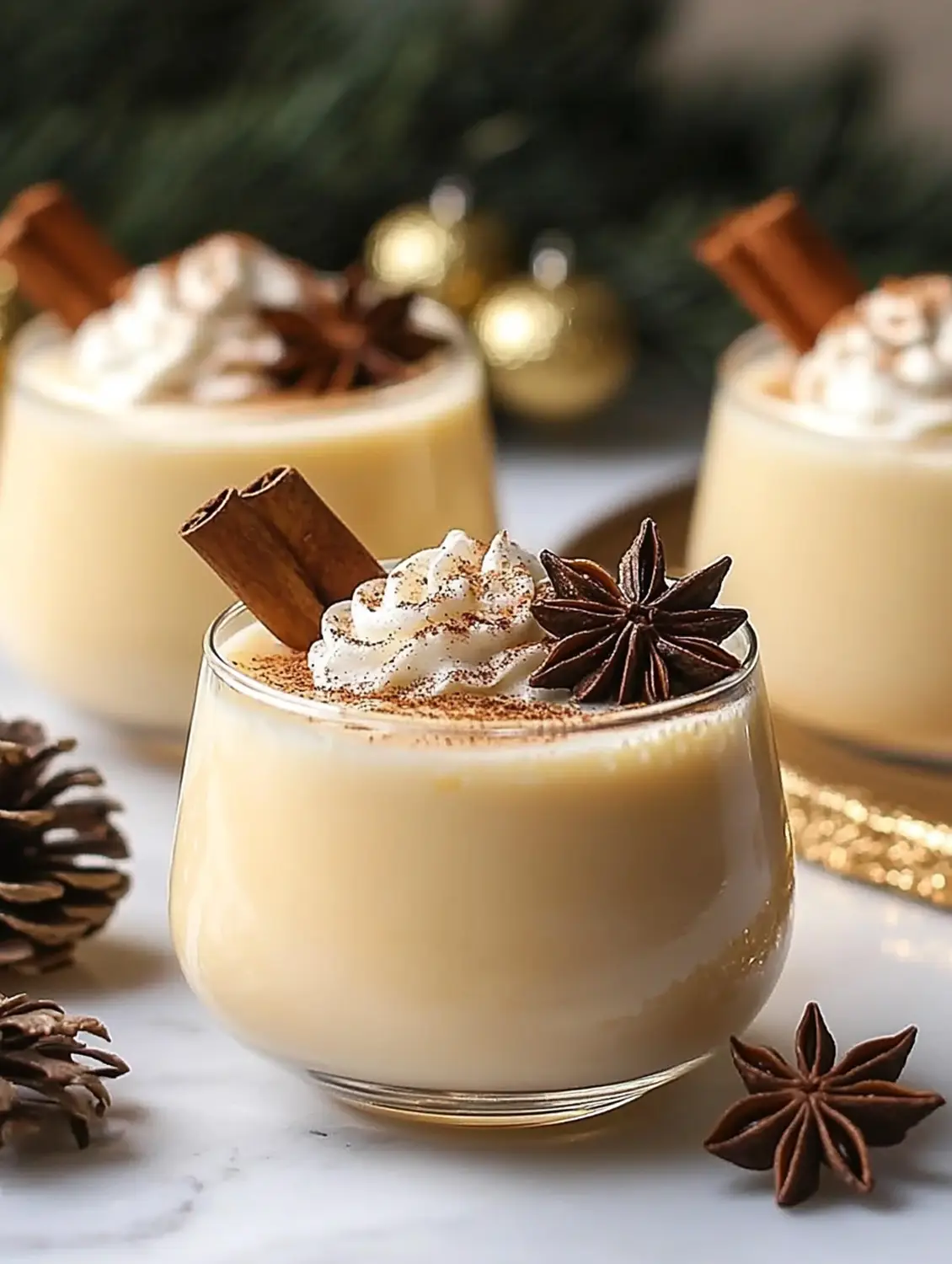
So, whether you drink your homemade eggnog now or later, proper storage and aging make it perfect.
Garnishing and Serving Suggestions
No eggnog experience is complete without the perfect finishing touches. Whether you prefer your eggnog drink chilled or at room temperature, there are countless ways to elevate this classic holiday beverage. From traditional garnishes to creative flavor pairings, let’s explore how to make your homemade eggnog truly shine.
Garnishing with Festive Flare
Traditional garnishes like freshly grated nutmeg add a classic touch, while whipped cream and cinnamon sticks enhance both flavor and presentation. For a creative twist, try:
- Candy Canes: A playful, peppermint finish.
- Gingerbread Cookies: Perfect for dunking or perching on the rim.
- Fresh Mint Leaves: Add a pop of color and a refreshing aroma.
- Sugared Rims: Rim your glass with cinnamon-sugar for a sweet, crunchy edge.
| Garnish | Quantity |
|---|---|
| Freshly Grated Nutmeg | As desired |
| Cinnamon Sticks | 1 per glass |
| Whipped Cream | 2-3 tablespoons per glass |
| Cinnamon Powder | 1-2 teaspoons per glass |
| Candy Cane | 1 per glass |
| Gingerbread Cookie | 1 per glass |
| Fresh Mint Leaves | 3-4 leaves per glass |
For an extra touch of elegance, you can rim the glasses with a simple sugar or cinnamon-sugar mixture. To do this, run a lemon wedge around the rim of the glass, then dip it in 1-2 tablespoons of simple syrup. Finally, gently press the rim into the desired garnish, creating a beautiful and flavorful presentation.
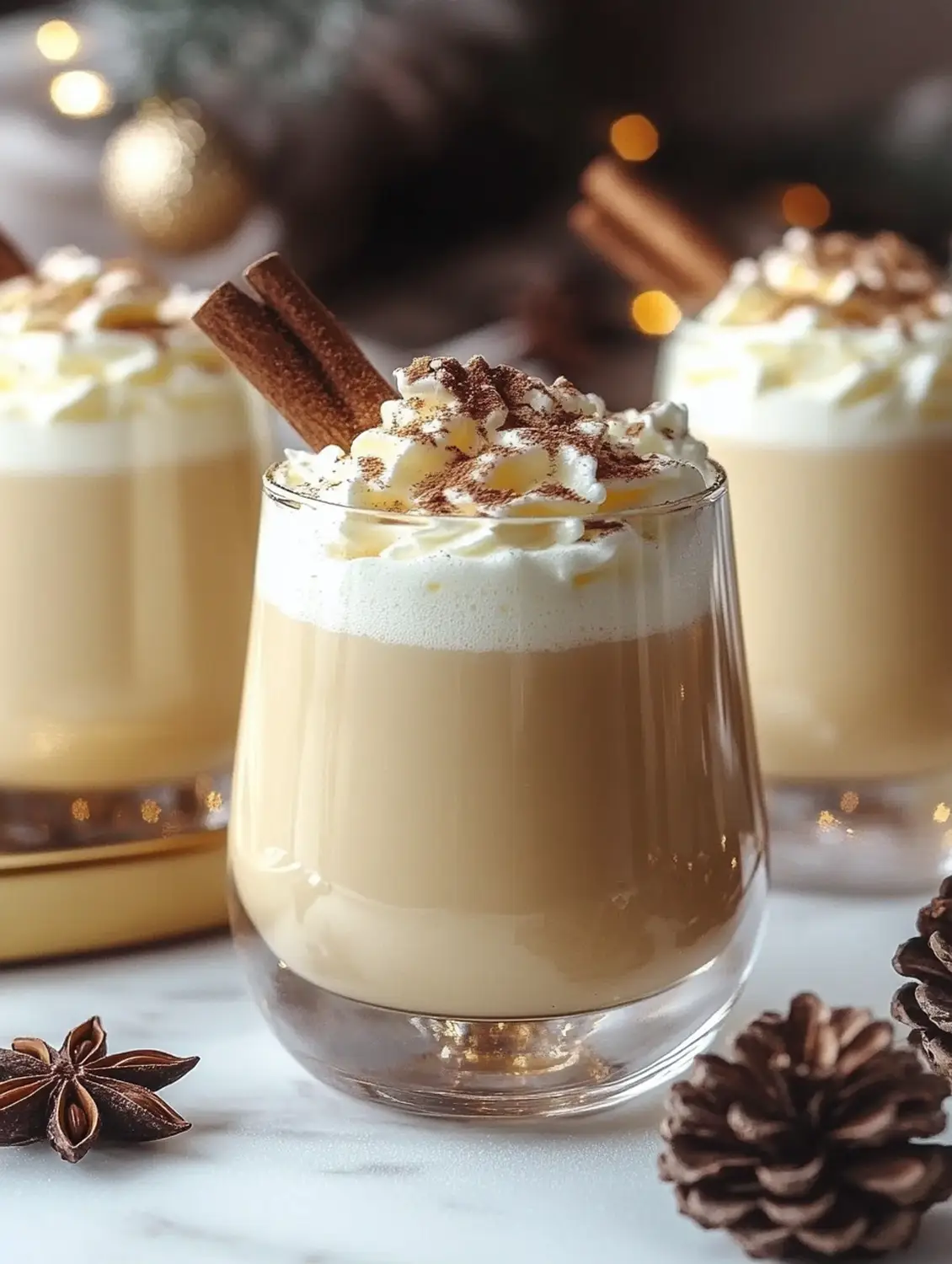
Remember, the beauty of homemade eggnog drink lies in the personal touches. Feel free to experiment with different garnishes and serving styles to find the combination that best suits your taste and holiday celebrations.
Common Mistakes to Avoid When Making Eggnog
Making homemade eggnog is a fun holiday tradition. But, there are some big mistakes to avoid. One major error is not tempering the eggs right. This can cause the eggnog to curdle and feel bad.
- Improper Tempering: Adding hot milk too quickly to the egg yolks can curdle them. Always whisk slowly while tempering.
- Overheating: Heating the milk too much or letting it boil will ruin the texture, turning it into custard. Keep the temperature below 160°F (71°C).
- Overmixing Egg Whites: Whip the egg whites to soft peaks and fold them gently into the base to maintain a frothy texture.
- Skipping Pasteurized Eggs: If you’re concerned about raw eggs, use pasteurized eggs or heat the mixture to 160°F for safety.
- Skipping Fresh Eggs: Fresh, high-quality eggs make a noticeable difference in both flavor and texture.
- Always use fresh eggs for the best flavor and safety
Tips for Success:
- Chill your mixing bowl and attachments before whipping cream for smoother consistency.
- For a richer texture, use more cream and fewer egg yolks.
By avoiding these mistakes, you’ll make a delicious eggnog recipe. It will surely impress your holiday guests.
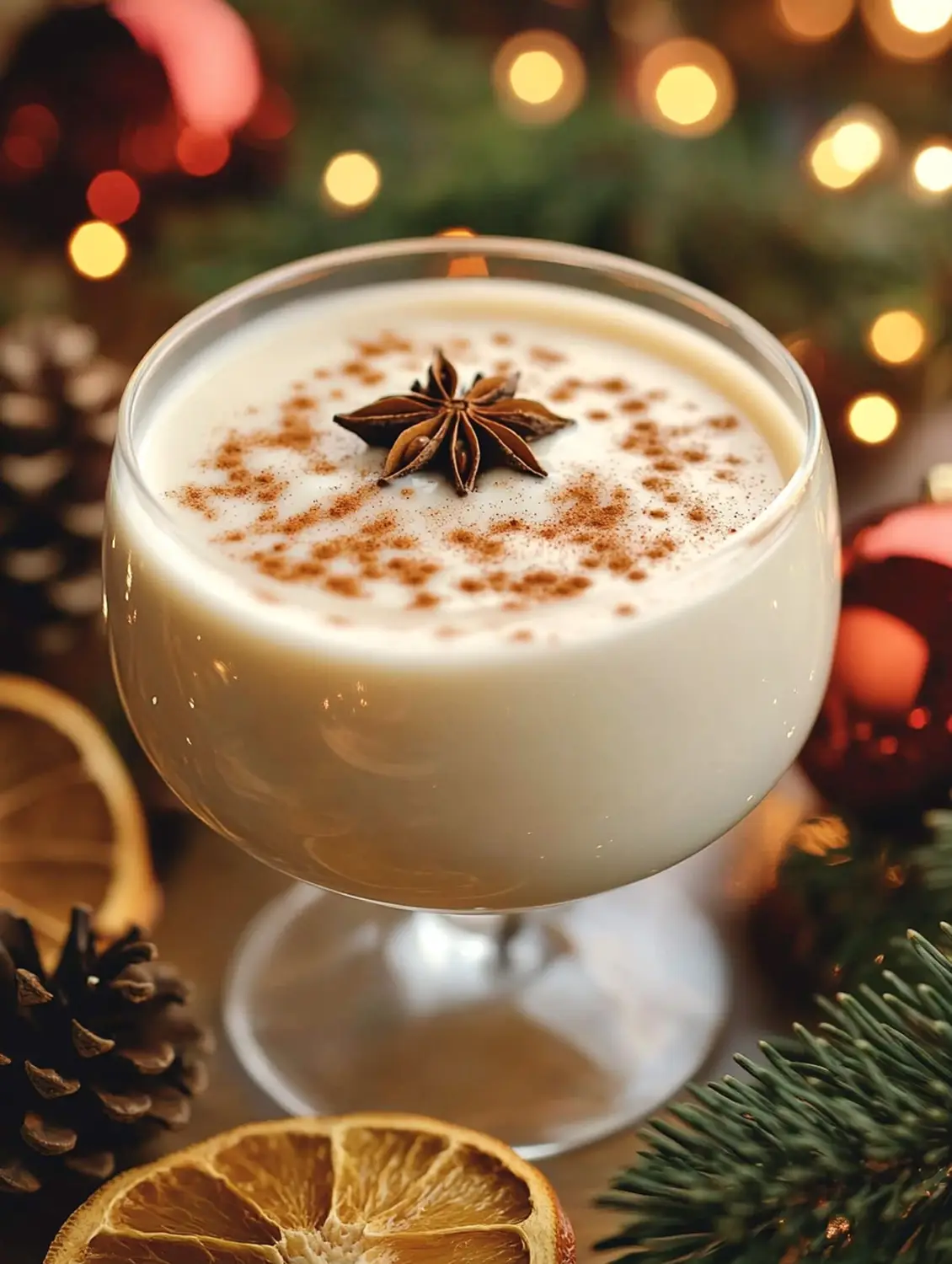
Conclusion
Making the perfect holiday eggnog is a special tradition. It captures the holiday spirit. Whether you like a classic eggnog or something new, it’s a great way to celebrate.
By learning to make eggnog at home, you can make your holiday parties even better. This guide has given you the basics to make eggnog that wows everyone. The secret is using the best ingredients, paying attention to details, and adding a bit of holiday cheer.
As you enjoy eggnog by the fireplace or with friends, it brings you closer to the holiday spirit. Enjoy the taste, make memories, and start your own eggnog tradition. It’s a legacy that will be loved for years.
FAQ
What is homemade eggnog and what are its key ingredients?
Homemade eggnog is a creamy holiday drink. It’s made with eggs, milk, cream, sugar, and spices like nutmeg and cinnamon. You can also add rum, whiskey, or brandy to it.
What is the history and tradition of eggnog?
Eggnog has been around for hundreds of years. It’s made with eggs, milk, cream, and spices. Often, it’s mixed with rum, whisky, or brandy. It’s a favorite during Christmas and other holidays.
What are the essential ingredients for making perfect homemade eggnog?
You’ll need egg yolks, sugar, milk, heavy cream, nutmeg, vanilla extract, and cinnamon. You can also add cloves for extra flavor. And, if you like, you can add bourbon, rum, or brandy.
How do you make homemade eggnog step-by-step?
Start by separating egg yolks and whites. Beat the yolks with sugar until fluffy. Then, slowly add hot milk with spices.
Heat the mixture on the stovetop until it thickens. Add cream and strain the mixture. Cool it down. For a lighter texture, whip egg whites and fold them in.
What types of alcohol can be added to eggnog?
You can use whiskey, bourbon, rum, or brandy to spice up your eggnog. Mix them together or use one. Choose mid-range liquors for the best taste. Adjust the amount of alcohol to your liking.
How can you achieve the perfect texture and consistency for homemade eggnog?
Whip egg whites to soft peaks for a frothy eggnog. Cook the mixture to 160°F for the right thickness. Adjust the milk to cream ratio for the perfect consistency.
Can you make non-alcoholic eggnog?
Yes, you can make delicious non-alcoholic eggnog. Just leave out the alcohol. Try adding vanilla extract, almond extract, or pumpkin spice for different flavors.
How do you store and age homemade eggnog?
Store homemade eggnog in the fridge for several days. The alcohol in it helps preserve it. For even better flavor, age it in the fridge for months.
How do you serve and garnish homemade eggnog?
Serve eggnog chilled or at room temperature. You can also warm it up. Top each glass with freshly grated nutmeg for a nice aroma. Try cinnamon sticks, whipped cream, or cinnamon for other garnishes.
What are some common mistakes to avoid when making eggnog?
Avoid not tempering the eggs properly, which can cause curdling. Also, don’t overcook the mixture. Heat the milk slowly and don’t let it boil. When adding egg whites, mix gently to keep the foam.

Homemade Eggnog Recipe
Equipment
- 1 Whisk
- 1 Medium saucepan
- 1 Fine-mesh sieve
- 2 Mixing bowls
- 1 Ladle
- 1 Airtight container
- 1 Thermometer optional
Ingredients
- 6 pcs large Egg Yolks separated
- ⅔ cup Granulated Sugar
- 2 cup Heavy Cream
- 1 cup Whole Milk
- 1 tbsp Ground Nutmeg
- ½ tsp Ground Cinnamon
- 2 tsp Vanilla Extract
- ⅛ tsp Fine Sea Salt
- ⅓ cup Brandy, Rum, or Bourbon optional, adjust to taste
- ½ cup Maple Syrup
Instructions
- Separate the egg yolks from the whites. Whisk the yolks with granulated sugar until light and fluffy.
- In a medium saucepan, combine whole milk, heavy cream, ground nutmeg, cinnamon, and fine sea salt. Heat over medium, stirring occasionally, until steaming and small bubbles form around the edges. Do not let it boil.
- Slowly temper the egg yolk mixture by adding a ladleful of the hot milk mixture while whisking constantly. Gradually pour the tempered yolk mixture back into the saucepan.
- Heat the mixture over medium heat, stirring constantly, until it thickens slightly and reaches 160°F (71°C). Remove from heat immediately to prevent curdling.
- Stir in vanilla extract and, if desired, the alcohol. Strain the mixture through a fine-mesh sieve into a mixing bowl or airtight container.
- Chill in the refrigerator for at least 2 hours before serving.
- Serve in glasses, garnished with freshly grated nutmeg, cinnamon sticks, or whipped cream.
Notes
- For a kid-friendly version, omit the alcohol.
- To make a lactose-free version, substitute almond, coconut, or oat milk for the dairy.
- Chilling the mixing bowl before whipping cream helps achieve smoother consistency.
- Eggnog with alcohol can be stored for up to a week in the fridge or aged for months if it contains at least 20% alcohol.
